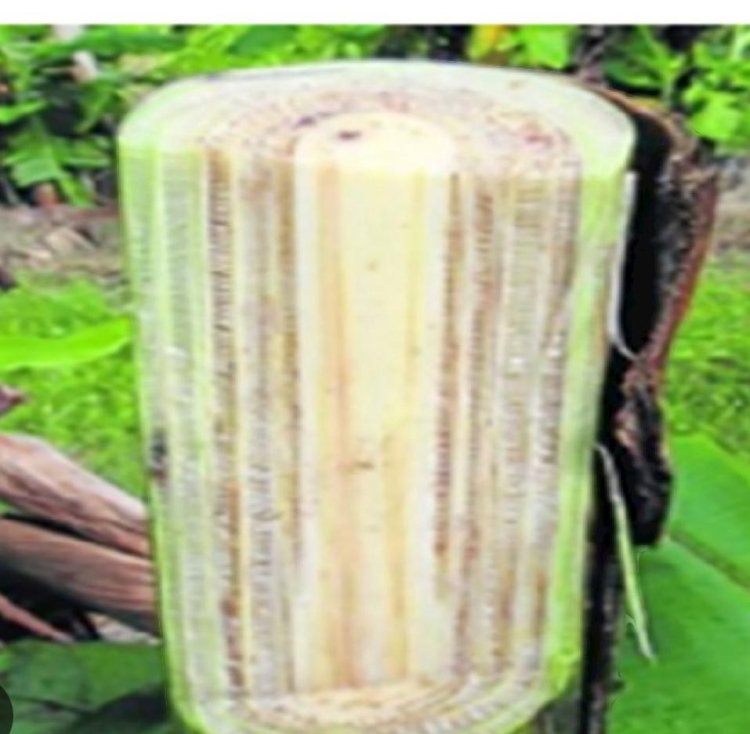Medicinal Benefits of Banana Tree Sap
One of the most notable characteristics of banana sap is its astringent nature, which has been employed for centuries in traditional medicine to treat a wide range of health issues.

Banana tree sap has gained attention in both traditional and modern medicine for its rich composition of bioactive compounds. These compounds exhibit impressive antimicrobial, antioxidant, and anticancer properties, presenting potential therapeutic benefits that warrant further exploration.
One of the most notable characteristics of banana sap is its astringent nature, which has been employed for centuries in traditional medicine to treat a wide range of health issues. These include leprosy, hysteria, fever, digestive disorders, hemorrhages, epilepsy, hemorrhoids, and insect bites. Its natural wound-healing properties also make it a valuable remedy for treating cuts, burns, and bleeding.
Scientific studies have confirmed the sap’s potent antimicrobial abilities, demonstrating its effectiveness against both gram-positive and gram-negative bacteria, as well as Candida albicans. This makes it a promising natural agent for combating various infections.
Additionally, banana sap's high antioxidant content plays a crucial role in neutralizing harmful free radicals in the body, potentially reducing the risk of chronic diseases and supporting overall cellular health. Emerging research also indicates that the sap may possess anticancer properties, although more in-depth studies are needed to fully understand its mechanisms and potential in cancer treatment.
Beyond its medicinal uses, banana pseudostem sap has proven beneficial in agricultural applications. When used as a growing medium, it enhances seedling development by supplying essential phytochemicals and nutrients. Applied as a foliar spray, the sap has been shown to improve nutrient absorption, increase crop yields, and enhance the quality of plants like sweet corn, particularly in acidic soil conditions.
The multifunctional benefits of banana tree sap, spanning health and agriculture, highlight its potential as a natural resource deserving of greater research and utilization in both therapeutic and agronomic contexts.
Author: Dr. Anthia Wint, Herbal Therapist & Herbal Coach













